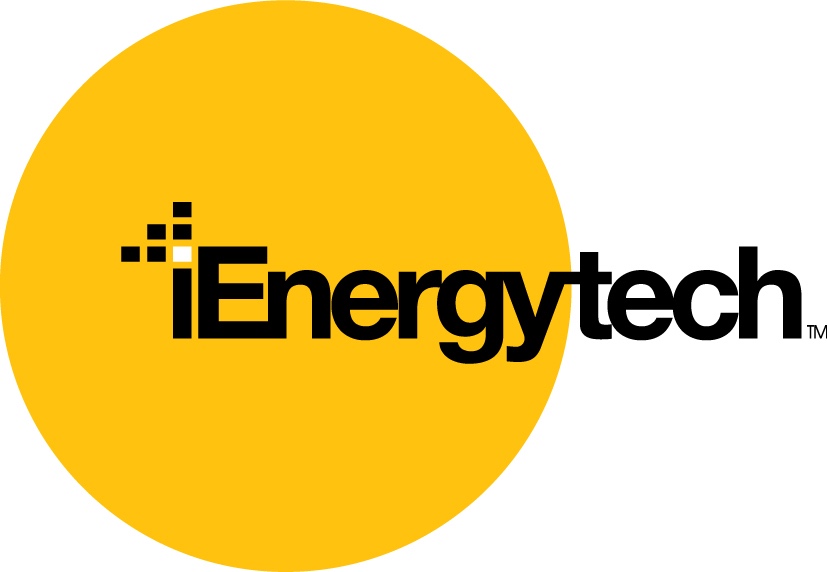how it works
Simply put…
Solar Panel: Receives light from the sun and converts the energy in its rays to direct current (DC) electricity. DC means the current does not change from positive to negative as does our normal electricity supply, which is Alternating Current (AC).
Inverter: Receives the DC electricity and converts it to AC electricity which enables it to be used for most popular electrical equipment, which tend to run on AC.
The AC generated from the inverter is first fed to the loads in the house or building and only if in surplus is it fed back to the Utility Grid.
Meter: The meter needs to be reprogrammed by the grid owners (known as distributors) so that it can measure energy drawn from the grid and separately measure any energy exported to the grid, for which the energy companies will pay a ‘feed-in tariff’.
Multiphase installations: In some domestic cases the supply to the house maybe 2 or 3 phase while the solar inverter is single phase. In such situations, the concern arises that if the solar is in excess of the load (on the phase it is connected to), then the excess will be ‘exported’ and that this can be happening when there is import from the 2nd and or 3rd phases. In Victoria, Austrlia meters are programmed such that if there is excess energy on a particular phase, this excess is deducted from any usage on the other phases before the final ‘export’ or ‘import’ is calculated. This way the customer does not lose out.

